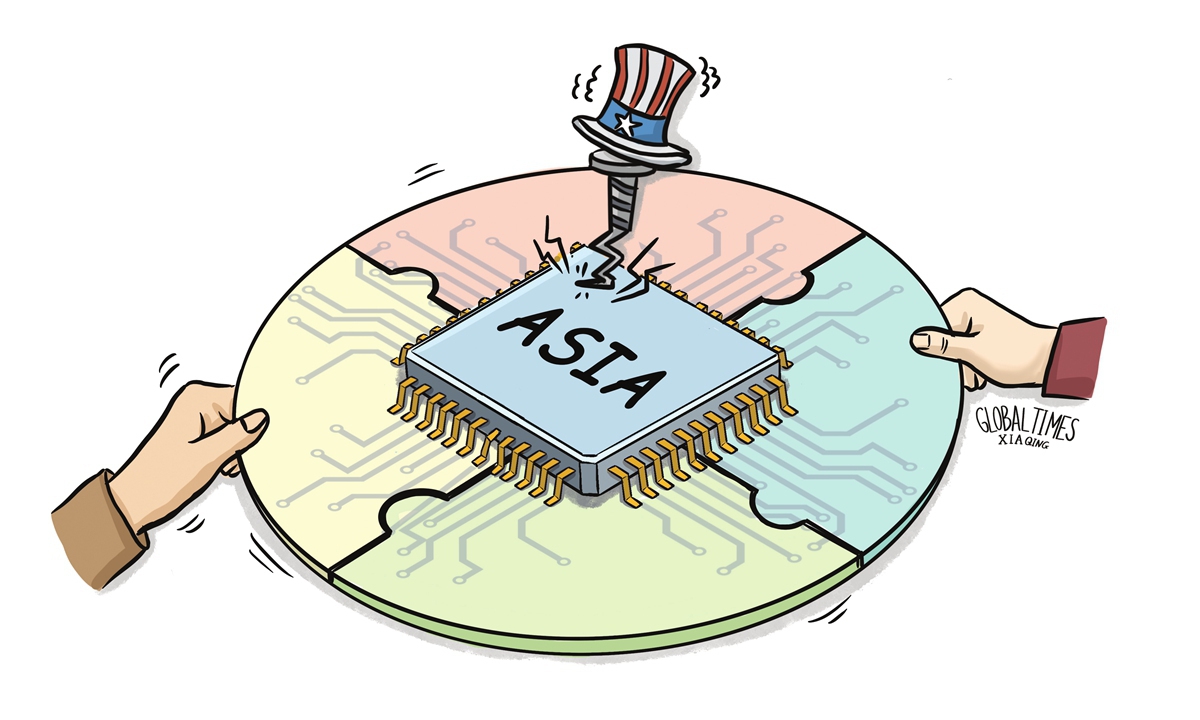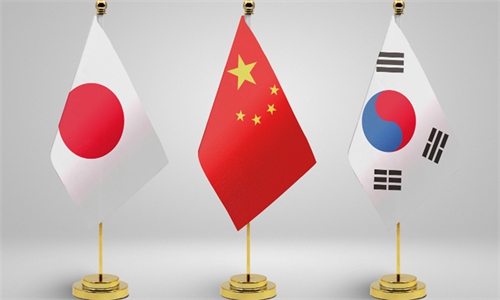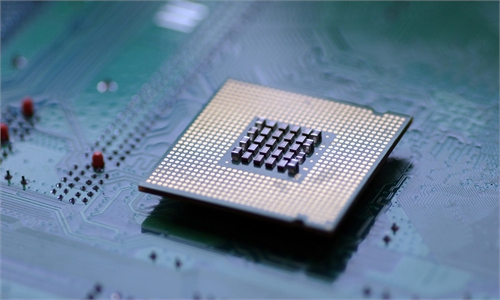
Illustration: Xia Qing/Global Times
While US chip bans on China have posed a challenge to the latter's cooperation with South Korea, that does not necessarily indicate a lack of hope for bilateral collaboration in key technology areas. Indeed, the latest trade figures have sparked interest in whether China-South Korea cooperation in the semiconductor sector can find a new path.South Korea's semiconductor exports surged to $13.4 billion in June, marking a record high and representing a 50.9 percent increase from the previous year, government data showed on Monday. This also marks the eighth consecutive month of year-on-year growth in this sector.
Although robust demand in the US market has provided strong support for the growth of South Korea's chip exports, the continuous growth of the China-South Korea chip trade still shows the resilience of the two neighbors in coping with external pressure and challenges.
In past years, South Korea's most important exports to China were high-end semiconductors, but sales dropped quickly under US pressure. However, South Korea's exports to China have not plummeted as many had expected. In fact, after several months of fluctuation, semiconductors, displays and other intermediate exports are still the primary drivers of South Korea's export growth to China. The fact that China regained its position as South Korea's top export destination in May is sufficient enough to indicate their trade resilience.
As the semiconductor sector has long been a crucial pillar of the South Korean economy and a significant contributor to its exports, that China and the US have taken turns as its top export destination highlights the impressive adaptability and flexibility of its domestic semiconductor sector. This adaptability not only underscores South Korea's pivotal role in the global semiconductor supply chain but also emphasizes the ongoing efforts to advance cooperation between China and South Korea in the semiconductor field.
Through technology exchanges, market development and industrial chain integration, China and South Korea have established a strong foundation for comprehensive cooperation in the semiconductor sector. China, as one of the largest semiconductor markets globally, has significantly contributed to the growth of the South Korean semiconductor industry. The investments and production operations of leading South Korean companies like Samsung Electronics and SK Hynix in China have not only stimulated local economic development but also enhanced bilateral cooperation in semiconductor technology.
Against such a backdrop, the US attempt to include South Korea's chip industry in its containment strategy against China has posed challenges for both its companies and its economy, as this not only impacts South Korea's export-oriented economy, but also affects its position in the global technology competition.
That is why it is essential for China and South Korea to jointly seek a breakthrough in the chip sector amid the US sanctions. While South Korea may adapt to the challenge by reconfiguring its export portfolio and exploring new markets, including expanding exports to the US market, it is also crucial for China and South Korea to enhance their partnership in chip design and R&D to offset the impact of the technological blockade. Additionally, they can also collaborate in semiconductor raw materials to foster a mutually beneficial and synergistic growth of the industrial chain.
For years, semiconductor industry cooperation has been the driving force behind technological innovation and high-end industrial chain collaboration between China and South Korea. This partnership has not only made China the largest consumer of memory chips from South Korea, but also made South Korea an important supplier of automobile chips for the growing Chinese automotive industry. Despite facing obstacles in high-end areas, China and South Korea can still strengthen industrial chain cooperation in mid-range areas. With China's industrial strength in chip applications, this collaboration has the potential to become an important force in stabilizing China-South Korea trade during times of external risks.
In short, at a time when the US is coercing South Korea to join its crackdown campaign against China, the ability of the South Korean government to uphold flexibility and strike a balance between domestic interests and international pressure will be pivotal for the country's future economic and industrial growth. Furthermore, its semiconductor collaboration with China holds significant importance for other nations as a potential cooperation model amid US restrictions.



